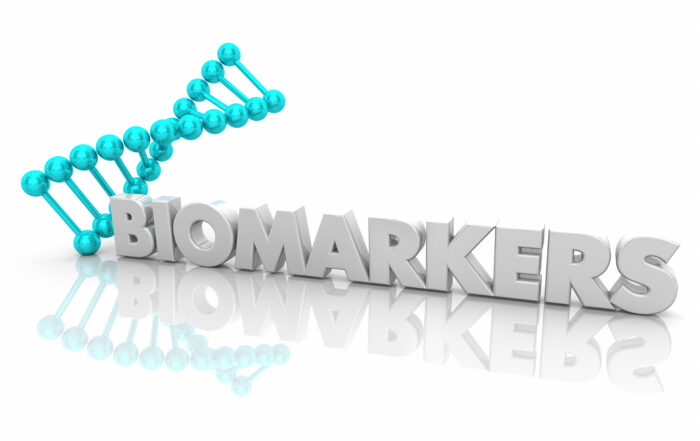Preemptive intervention for infants who exhibit signs of autism spectrum disorder (ASD) may reduce the intensity of their ASD traits and lower their odds of receiving an ASD diagnosis by three years of age, a new study suggests.
Andrew Whitehouse and colleagues tested the effects of an intervention called iBASIS-Video Interaction to Promote Positive Parenting (iBASIS-VIPP). In this approach, parents participate in ten biweekly sessions in which they watch videos of their interactions with their children and receive communication tips from therapists. They then practice their skills with their children for at least 15 minutes each day.

Whitehouse and colleagues initially enrolled 103 children between 9 and 14 months of age in a five-month trial of the program in 2019. In that study, the researchers found no difference between the 50 children in the intervention group and 53 controls on a measure of autism traits at 18 months of age.
In the new study, the researchers re-evaluated 89 of the children at two and three years of age, and evaluated them for ASD at three years of age. This time, they found that children in the intervention group had less severe behavioral symptoms of ASD when measured over the two years between baseline and three years of age. In addition, only three children in the intervention group received an ASD diagnosis, compared to nine children in the control group.
“To our knowledge,” the researchers say, “this randomized clinical trial is the first to demonstrate that a preemptive intervention for infants showing early signs of ASD led to a small but enduring reduction in ASD symptom severity and reduced odds of ASD diagnosis in early childhood.”
Study co-author Jonathan Green comments, “Many therapies for autism have tried previously to replace developmental differences with more ‘typical’ behaviors. In contrast, iBASIS-VIPP works with each child’s unique differences and creates a social environment around the child that helps them learn in a way that [is] best for them.” While their findings are encouraging, the researchers note that “[the] effects were small in extent, and their clinical significance is uncertain.”
In addition, they say, some children who did not get an ASD diagnosis at the age of three could still be diagnosed later. Thus, they say, it will be important to determine if the benefits of the intervention are lasting.
—
“Effect of preemptive intervention on developmental outcomes among infants showing early signs of autism: a randomized clinical trial of outcomes to diagnosis,” Andrew J. O. Whitehouse, Kandice J. Varcin, Sarah Pillar, Wesley Billingham, Gail A. Alvares, Josephine Barbaro, Catherine A. Bent, Daniel Blenkley, Maryam Boutrus, Abby Chee, Lacey Chetcuti, Alena Clark, Emma Davidson, Stefanie Dimov, Cheryl Dissanayake, Jane Doyle, Megan Grant, Cherie C. Green, Megan Harrap, Teresa Iacono, Lisa Matys, Murray Maybery, Daniel F. Pope, Michelle Renton, Catherine Rowbottam, Nancy Sadka, Leonie Segal, Vicky Slonims, Jodie Smith, Carol Taylor, Scott Wakeling, Ming Wai Wan, John Wray, Matthew N. Cooper, Jonathan Green, and Kristelle Hudry, JAMA Pediatrics, September 20, 2021 (free online). Address: Andrew Whitehouse, Telethon Kids Institute, University of Western Australia, Northern Entrance, Perth Children’s Hospital, 15 Hospital Ave, Nedlands, Western Australia, Australia 6009, andrew.whitehouse@telethonkids.org.au.
—and—
“A landmark autism intervention study has shown dramatically reduced diagnosis rates,” Jacinta Bowler, ScienceAlert, September 21, 2021.
—and—
“Uncertainty clouds test of ‘preemptive’ therapy to ease autism traits,” Peter Hess, Spectrum News, September 24, 2021
This article originally appeared in Autism Research Review International, Vol. 35, No. 4, 2021
ARI’s Latest Accomplishments
Connecting investigators, professionals, parents, and autistic people worldwide is essential for effective advocacy. Throughout 2023, we continued our work offering focus on education while funding and support research on genetics, neurology, co-occurring medical
Biomarkers start telling us a story: Autism pathophysiology revisited
Learn about emerging research on biomarkers and autism from a recent ARI Research Grant recipient. This is a joint presentation with the World Autism Organisation. The presentation by Dr.
Editorial – Bernard Rimland’s Impact: Sixty Years Since the Publication of ‘Infantile Autism’
In this milestone year of 2024, the Autism Research Institute commemorates the 60th anniversary of Dr. Bernard Rimland’s groundbreaking work, Infantile Autism: The Syndrome and Its Implications for a Neural Theory of




